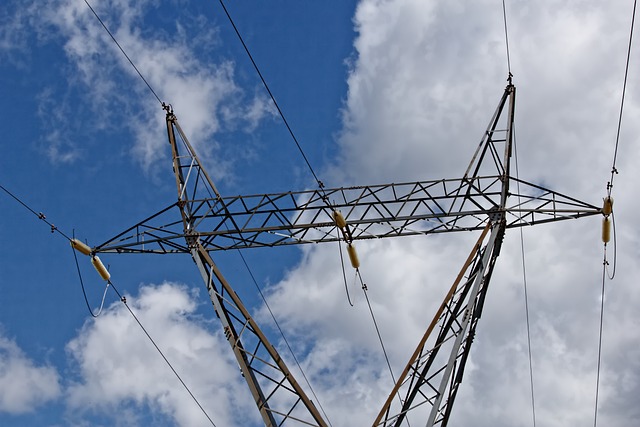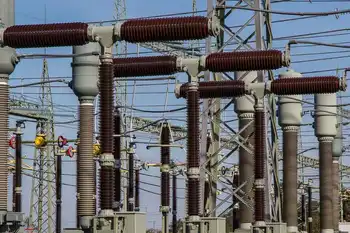Japanese have their own way to roll
TOKYO, JAPAN - Japanese engineers are developing a competing version of magnetic-levitation trains, using a system based on the repelling force of magnets.
electromagnets attached to the undercarriage are directed up toward a steel guideway, levitating the train about a centimetre above the guideway and keeping it levitated when it's not moving.
Other guidance magnets embedded in the train's body keep it stable during travel.
The key difference is that the Japanese system uses supercooled, superconducting electromagnets that conduct electricity even when the power supply is shut off.
In the German system, which uses standard electromagnets, the coils conduct electricity only when a power supply is present.
Another difference is that the Japanese trains levitate nearly 10 cm above the guideway and roll on rubber tires until they reach a lift-off speed of about 100 km/h.
Related News

Experts Advise Against Cutting Quebec's Energy Exports Amid U.S. Tariff War
MONTREAL - As trade tensions between Canada and the United States continue to escalate, discussions have intensified around potential Canadian responses to the imposition of U.S. tariffs. One of the proposals gaining attention is the idea of reducing or even halting the export of energy from Quebec to the U.S. This measure has been suggested by some as a potential countermeasure to retaliate against the tariffs. However, experts and industry leaders are urging caution, emphasizing that the consequences of such a decision could have significant economic and diplomatic repercussions for both Canada and the United States.
Quebec plays a critical…




